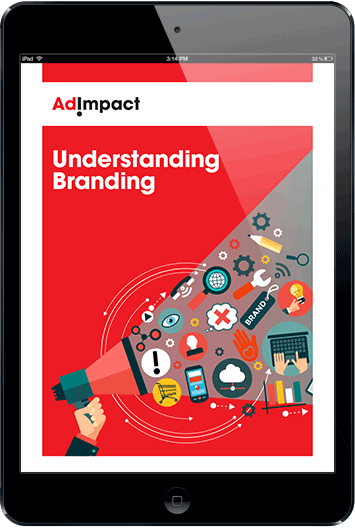How do you get your business to rank high in search results? Entrepreneurs frequently spend money hiring SEO specialists or digital marketing agencies without getting results. It’s difficult to compete for the first three positions against big organizations that have huge advertising budgets. But there is still hope for the small businesses.
SEO is surprisingly easier than you would imagine, and with it being so crucial to your success, we want to give you three tips on how to maximize your SEO to drive web traffic.
3 Ways for Driving Traffic to Your Website Using SEO
1: Keyword Strategy
Keywords are what prospective clients will type into search engines to find you. A relevant keyword technique focuses on attracting clients who are ready to purchase, as opposed to those who are just doing a bit of research.
Short-Tail Keywords
Short-tail keywords are directly about your business. For instance, let’s take an example of a marketing agency in Perth. Somebody would type in “marketing company Perth” and that would be the short-tail keyword. When writing your site content and title tags, focus on short-tail key phrases that will drive the right traffic to your site.
Long-Tail Keywords
Long-tail keywords are expressions, questions, or sentences clients Google. Utilizing our advertising agency example, a potential client may be searching for “online marketing advice”.
Capturing traffic from long-tail keywords is an extraordinary way of getting in front of potential clients early in their research so you can convert them into a customer. Your business blog is the best spot to focus on long-tail keywords, as you have more space to build a case for your business.
2: Optimize Your Site
When you understand the keywords your clients use to find your brand, you can start to improve your site. Optimization has five important areas:
Title Tags
This is the copy that shows up in the output as the description of your page. It also shows up within the tab of your website page. Title tags carry a ton of weight and should utilize your focus keywords.
Header Tags
This alludes to the headlines utilized on your site with the H1-H6 text formatting. H1 and H2 are the most important to Google — so ensure your page has a reasonable title utilizing your keywords in an H1 tag.
URL Structure
Your site URLs are an incredible chance to highlight keywords. You need to ensure words are isolated by hyphens, written in all lowercase, and utilize clear keywords.
Images
Google image search is somewhere else SEO matters — for each image you put on your site, ensure you name it with the relevant keywords. Include an “alt text” tag and image “title” tag.
The “alt text” tag is the text that will show up if your picture doesn’t load, letting the user know the image. The “title” tag provides some information of an image. For example, in some internet browsers, the image title will appear when you hover over an image.
Meta Descriptions
The meta description is the two lines of text that show up below the link in search results. Ensure you fill-up meta description data, otherwise Google will pick and pull the copy directly from your website page.
3: Create Content That Ranks
One thing we do know about Google’s algorithm is that it puts a lot of weight on new, fresh content. Here’s how you can use content to succeed at SEO:
Start and Maintain a Professional Blog
A business blog is the main approach to continually make new content that provisions short-and long-tail keywords. If you write the content, your keywords will rank higher and grow new potential clients visiting your site.
Work Out Landing Pages
There are at least 5 – 10 landing pages that would make sense to make for your business and put within your navigation. These could depict a service or answer an inquiry. Think beyond the About and Contact page — how might you use your keywords in intensive, content, and multimedia-rich pages?
If you perform keyword research, enhance your site for SEO and make predictable, new content, your business will be a long way ahead in the SEO game. An incredible way of telling if your work is paying off is to benchmark the keywords and organic traffic on your site before doing the above strategies, then checking in 2-3 months how much traffic has grown on your website.
SEO can appear to be a lofty objective for a small company, but with only a short period of effort, it is bound to pay off.

Free eBook
Fill in the form below to download the free eBook



